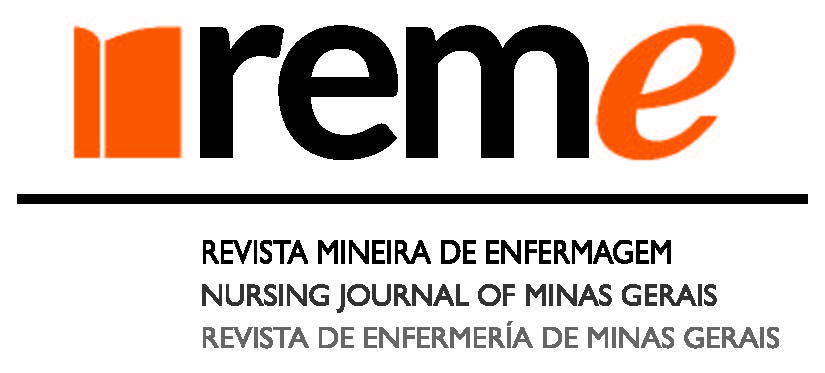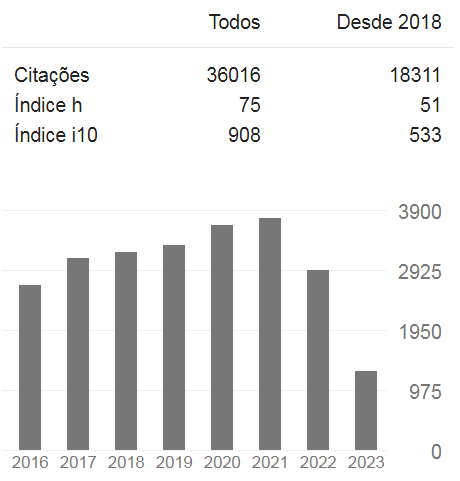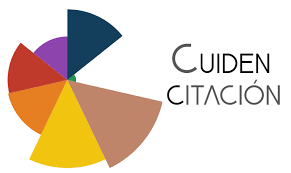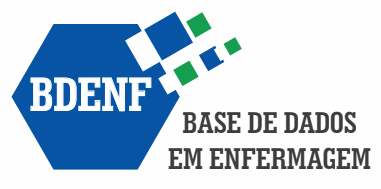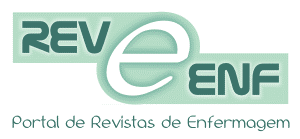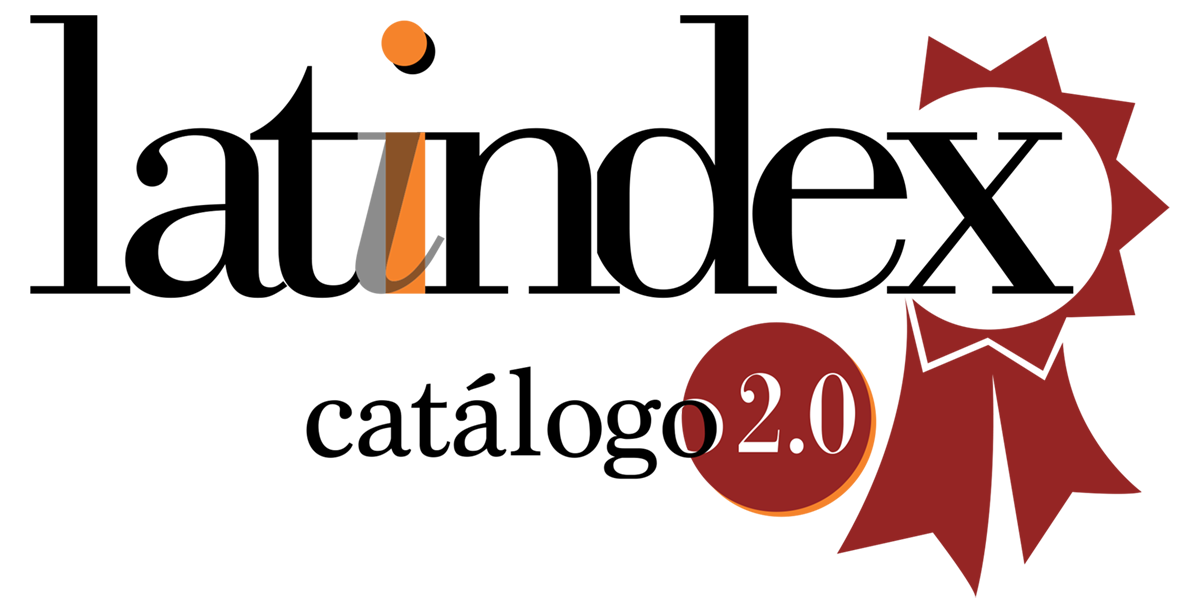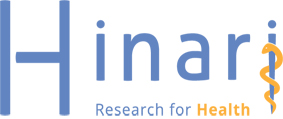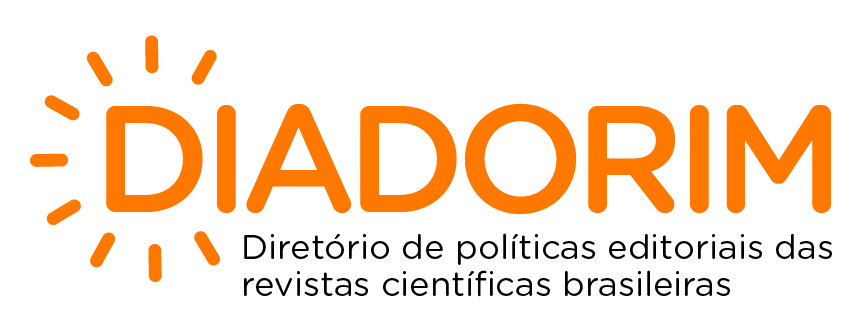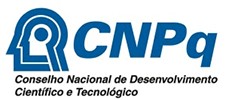Consumption of sugary foods and quality of sleep in the first year of life
Data from a birth cohort in northeastern Brazil
DOI:
https://doi.org/10.35699/reme.v26i.38794Keywords:
Sleep, Child, SugarsAbstract
Objective: to investigate sleep duration (SD), frequency of night awakenings (NA) and consumption of sugary foods in the first year of life and to verify the association between consumption of these foods and poor sleep quality. Methods: the study population consisted of 179 children from a birth cohort in Rio Largo-AL. Mothers were asked about the regular supply of sugary foods (sugar/instant cereal flours with sugar/sweetened drinks/sweets) and sleep was investigated by the translated and validated Brief Infant Sleep Questionnaire. DS<12h and AN>2 were considered indicators of poor sleep quality. Pearson's chisquare and Fisher's exact tests were used to verify associations between sugary consumption and poor sleep quality at six and 12 months (p<0.05). Results: more than half of the children had SD<1 2h (60.3%) and about ¼ AN>2. Regular consumption of at least one of the sugary categories was verified among 50.6, 91.1 and 100% of children at three, six and 12 months of age, respectively. No associations were found between the consumption of these foods and indicators of poor sleep quality. Conclusion: sugary consumption and poor sleep quality were frequent in our study; however, no association was identified between the variables. More investigations are needed to elucidate how sleep and feeding are interrelated and mutually potentiate as determinants of infant growth and development.
Downloads
References
Tham EK, Schneider N, Broekman BF. Infant sleep and its relation with cognition and growth: a narrative review. Nat Sci Sleep. 2017[citado em 2020 ago. 26];9(1):135-49. Disponível em: https://doi.org/10.2147/NSS.S125992
Trosman, I, Ivanenko, A. Classification and Epidemiology of Sleep Disorders in Children and Adolescents. Child Adolesc Psychiatric Clin N Am. 2020[citado em 2021 out. 27];30(1):47-64. Disponível em: https://doi.org/10.1016/j.chc.2020.08.002
Hirshkowitz M, Whiton K, Albert SM, Alberth EM, Alessi C, Bruni O. National Sleep Foundation`s sleep time duration recommendations: methodology and results summary. Sleep Health. 2015[citado em 2020 ago. 22];1(1):40-3. Disponível em: https://doi.org/10.1016/j.sleh.2014.12.010
Ohayon M, Wickwire EM, Hirshkowitz, M, Albert SM, Avidan A, Daly FJ, et al. National Sleep Foundation`s sleep quality recommendations: first report. Sleep Health. 2017[citado em 2020 ago. 22];3(1):6-19. Disponível em: https://doi.org/10.1016/j.sleh.2016.11.006
Chaput JP, Gray CE, Poitras VJ, Carson V, Gruber R, Olds, T, et al. Systematic review of the relationships between sleep duration and health indicators in school aged children and youth. Appl Physiol Nutr Metab. 2016[citado em 2021 nov. 08];4:S266–S282. Disponível em: https://doi.org/10.1139/apnm-2015-0627
Reynaud E, Vecchierini MF, Heude B, Charles MA, Plancoulaine S. Sleep and its relation to cognition and behavior in preschool aged children of the general population: a systematic review. J Sleep Res. 2018[citado em 2021 nov. 08];27:e12636. Disponível em: https://doi.org/10.1111/jsr.12636
Gangwisch JE, Hale L, St-Onge MP, Choi L, LeBlanc ES, Malaspina D, et al. High glycemic index and glycemic load diets as risk factors for insomnia: analyses from the Women’s Health Initiative. Am J Clin Nutr. 2019[citado em 2020 nov. 06];111(2):1-11. Disponível em: https://doi.org/10.1093/ajcn/nqz275
Godos J, Grosso G, Castellano S, Galvano F, Caraci F, Ferri R. Association between diet and sleep quality: a systematic review. Sleep Med Rev. 2021[citado em 2021 nov. 09];57:101430.Disponível em: doi:10.1016/j.smrv.2021.101430
Ginkel MWH, Kool RE, Houtum L, Belmon LS, Huss A, Chinapaw MJM, Vrijkotte TGM. Potential determinants during ‘the first 1000 days of life’ of sleep problems in school-aged children. Sleep Medicine. 2020[citado em 2021 nov. 09];69:135-44. Disponível em: https://doi.org/10.1016/j.sleep.2019.12.020
Instituto Brasileiro de Geografia e Estatística. Dados estatísticos Rio Largo. 2019[citado em 2020 out. 26]. Disponível em: https://www.ibge.gov.br/cidades-e-estados/al/rio-largo.html
Ministério da Saúde (BR). Secretaria de Atenção Primária à Saúde. Guia alimentar para crianças brasileiras menores de 2 anos. Brasília: MS; 2019[citado em 2020 out. 18]. Disponível em: http://189.28.128.100/dab/docs/portaldab/publicacoes/guia_da_crianca_2019.pdf
Nunes ML, Kampff JP, Sadeh A. BISQ Questionnaire for Infant Sleep Assessment: translated into Brazilian Portuguese. Sleep Sci. 2012[citado em 2021 nov. 09];5(3):89-91. Disponível em: http://www.sleepscience.org.br/details/50
Associação Brasileira de Empresas de Pesquisa. Critério de Classificação Econômica Brasil 2015: atualização da distribuição de classes para 2016. 2016[citado em 2021 nov. 09];1-6. Disponível em: http://www.abep.org/criterio-brasil
Almeida GMF, Nunes ML. Sleep characteristics in Brazilian children and adolescents: a population-based study. Sleep Medicine. 2019[citado em 2021 nov. 03];X(1):100007. Disponível em: https://doi.org/10.1016/j.sleepx.2019.100007
Jenni OG. Typical Sleep Development. The Encyclopedia of Child and Adolescent Development. 2020[citado em 2021 nov. 09];1-16. Disponível em: https://doi.org/10.1002/9781119171492.wecad035
Kaar JL, Schmiege SJ, Kalkwarf HJ, Woo JG, Daniels SR, Simon SL. Longitudinal Assessment of Sleep Trajectories during Early Childhood and Their Association with Obesity. Child Obes. 2020[citado em 2021 nov. 09];16(3):211-7. Disponível em: https://doi.org/10.1089/chi.2019.0126
El Halal CS, Nunes ML. Sleep and weight-height development. J Pediatr. 2019[citado em 2021 nov. 03];95(l):2-9. Disponível em: https://doi.org/10.1016/j.jped.2018.10.009
Zeron-Rugerio MF, Trinitat C, Izquierdo-Pulido M. Sleep Restriction and Circadian Misalignment: Their Implications in Obesity. In: Watson RR, Predy V, editors. Neurological modulation of sleep. Mechanisms and function of sleep health. Academic Press. 2020[citado em 2020 nov. 21];131-43. Disponível em: https://doi.org/10.1016/B978-0-12-816658-1.00014-4
Ministério da Saúde (BR). Secretaria de Atenção Primária à Saúde. Atlas da Obesidade Infantil no Brasil. Brasília: MS; 2019[citado em 2021 nov. 03]. Disponível em: http://189.28.128.100/dab/docs/portaldab/publicacoes/dados_atlas_obesidade.pdf
NCD Risk Factor Collaboration (NCD-RisC). Worldwide trends in body-mass index, underweight, overweight, and obesity from 1975 to 2016: a pooled analysis of 2416 population-based measurement studies in 128·9 million children, adolescents, and adults. Lancet. 2017[citado em 2021 nov. 09];16;390(10113):2627-42. Disponível em: https://doi.org/10.1016/S0140-6736(17)32129-3
Budreviciute A, Damiati S, Sabir DK, Onder K, Schuller-Goetzburg P, Plakys G, et al. Management and Prevention Strategies for Non-communicable Diseases (NCDs) and Their Risk Factors. Front Public Health. 2020[citado em 2021 nov. 09];8:574111. Disponível em: https://doi.org/10.3389/fpubh.2020.574111
Nilson EAF, Andrade RCS, Brito DA, Oliveira ML. Custos atribuíveis a obesidade, hipertensão e diabetes no Sistema Único de Saúde, Brasil, 2018. Rev Panam Salud Publica. 2020[citado em 2021 nov. 09];44:e32. Disponível em: https://doi.org/10.26633/RPSP.2020.32
Sadeh A. A Brief Screening Questionnaire for Infant Sleep Problems: Validation and Findings for an Internet Sample. Pediatrics. 2004[citado em 2020 nov. 05];113(6):570-7. Disponível em: https://doi.org/10.1542/peds.113.6.e570
Additional Files
Published
How to Cite
Issue
Section
License
Copyright (c) 2022 REME-Revista Mineira de Enfermagem

This work is licensed under a Creative Commons Attribution 4.0 International License.

